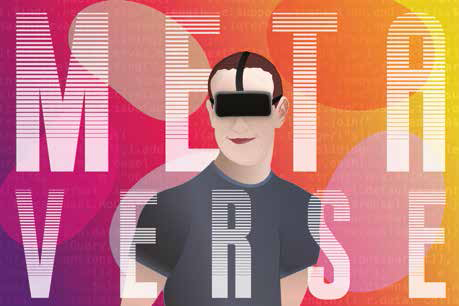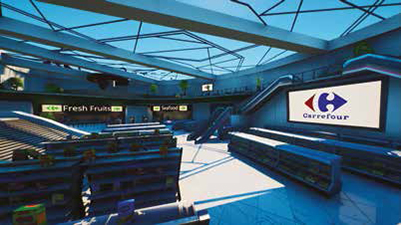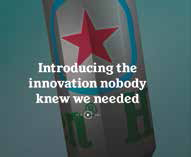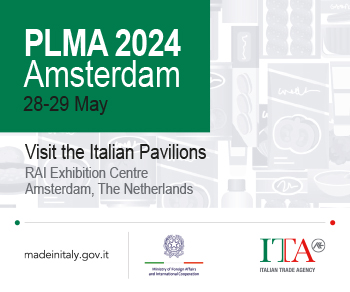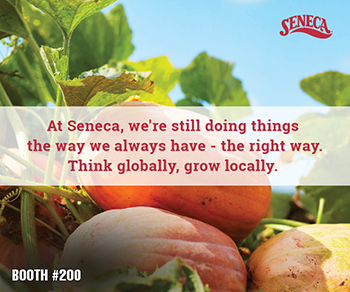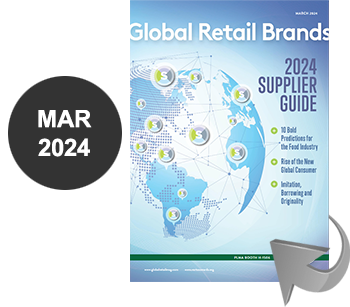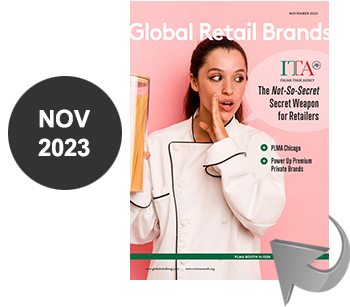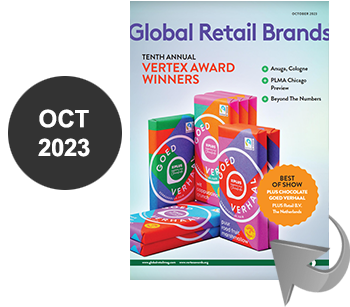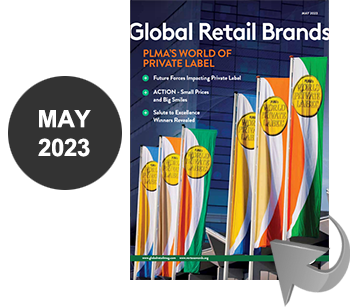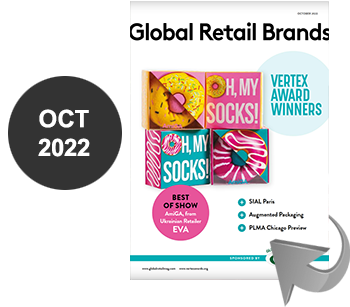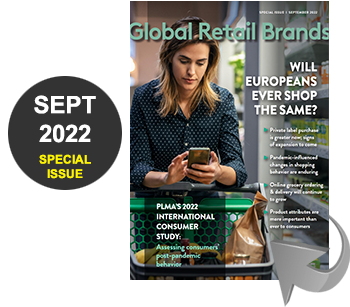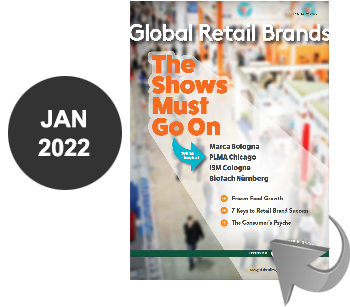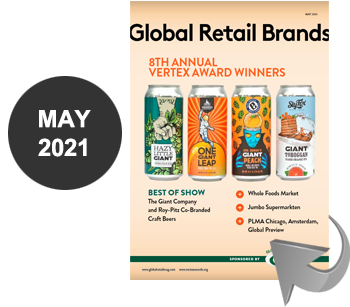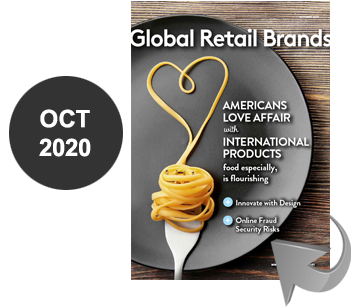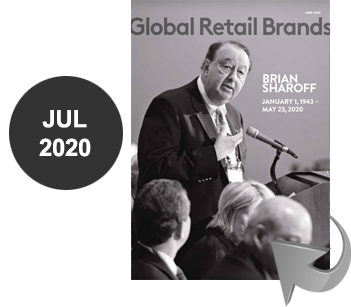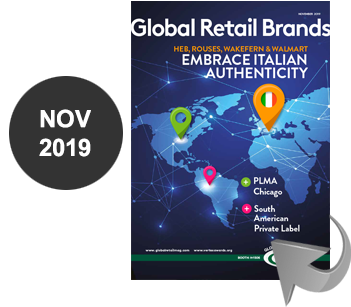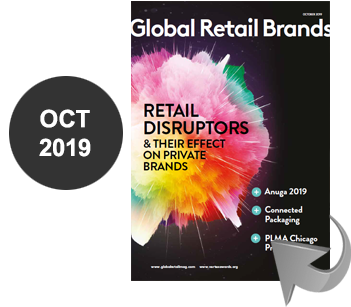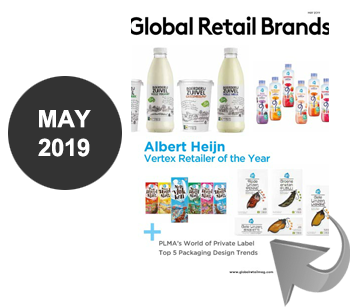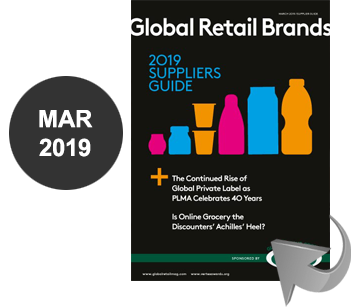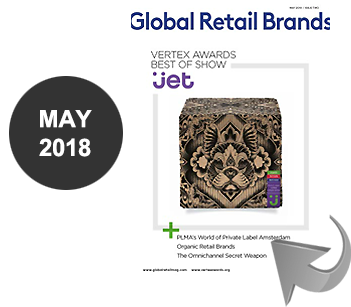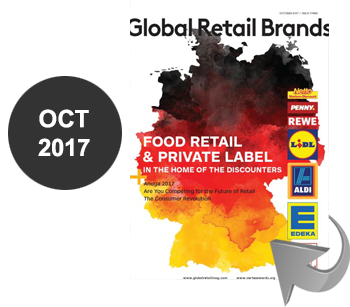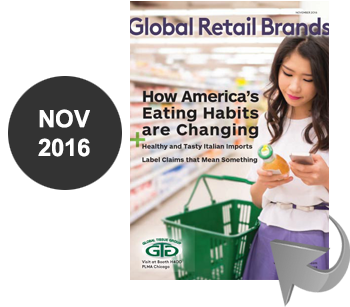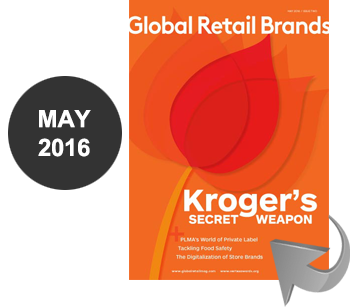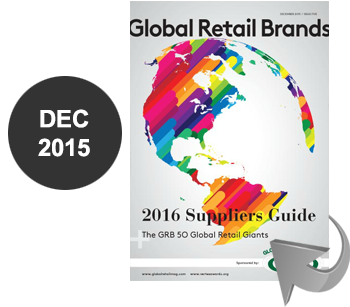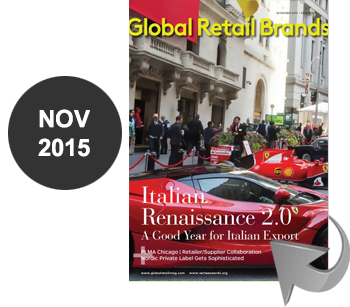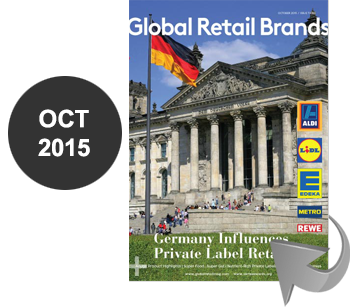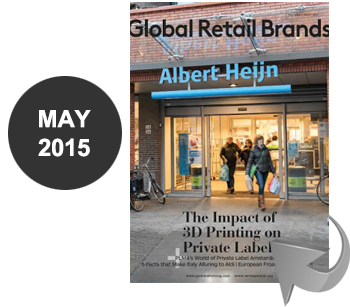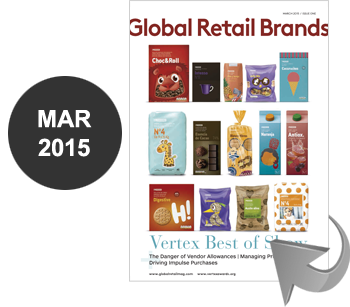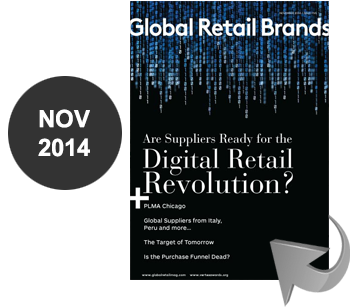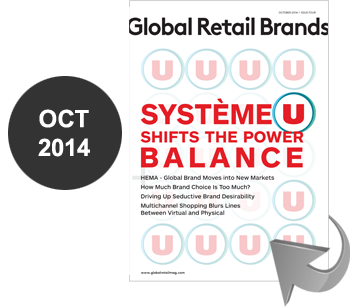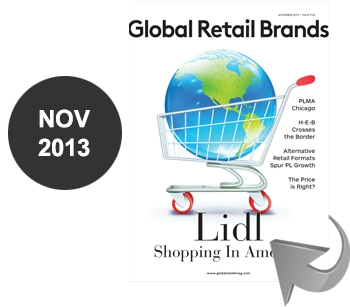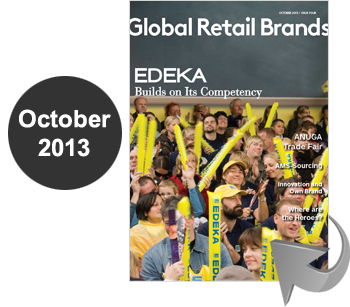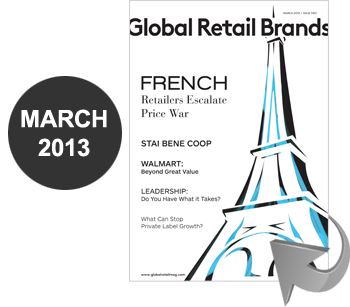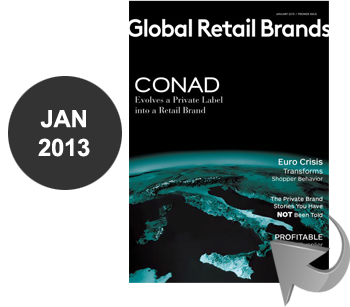By George Puro, President, Puro Research
Retailers and consumer goods manufacturers alike are scrambling to stake their claims in the Metaverse. Metaverses are immersive virtual worlds that allow users to interact through avatars. Examples of metaverses include Fortnite, Roblox, Decentraland, The Sandbox and Horizon Worlds.
In November 2021, Mark Zuckerberg boldly placed a big bet on the future of the Internet, renaming Facebook as Meta. At the time of the announcement, he predicted that “a lot of this will be mainstream in the next five to 10 years.”
Gartner predicts that by 2026, 30% of organizations will have products and services ready for the metaverse. Others are less sure about how much consumer behavior will change and what the opportunity for consumer goods will be.
After all, this has been tried before. Second Life garnered considerable attention in the 2000s and brands began advertising on the platform beginning in 2006, but many abandoned their investments in Second Life just a few years later.
But the difference this time is the size and investment of the companies getting involved. THERE’S GOLD IN THEM THAR HILLS THE RUSH TO THE METAVERSE As Mark Schauer, Director of the R&D Studio at Kroger’s 84.51˚ subsidiary, wrote in a blog post, “The difference here is Facebook is big; they are already the leader of the pack, and they’ve committed big money and headcount to bringing their vision to life. … In this omnichannel world we live in, retailers must go to where the customers are, and if a large number of customers dive into the metaverse, retailers will need to be there, too – certainly with advertising, but also with rich commerce experiences.”
Retailers and brands are already jumping in feet first. Here’s how several are becoming versed in the Metaverse.
Expanding Retail Footprint Virtually
In July 2021, Carrefour opened up a virtual supermarket in the Fortnite world called The Healthy Map. In the game, players could gain strength and an extra life by eating more fruit and vegetables. Carrefour partnered with top streamers in Europe and Brazil to play the game. The company also interacted with players eating junk food on Twitch, the video game live streaming service. The junkfood- eating gamers were invited to eat healthily on The Healthy Map. The promotion reached more than 10 million gamers and generated over a million interactions.
Then, in January 2022, Carrefour bought a parcel of virtual land on The Sandbox. Elodie Perthuisot, Chief E-Commerce, Digital Transformation and Data Officer and EXCOM member at Carrefour, posted on LinkedIn: “The field will be at the heart of our metaverse activities, as we experiment, to understand the evolutions of retail and consumption that will come. Concrete projects will follow soon.” In March, Carrefour announced another step into Web 3.0 by launching its first collection of non-fungible tokens (NFTs). The project, called “The Carrefour NFBEE Supermarket,” includes a collection of virtual fruit and vegetables available for purchase for a starting price of 5 SAND (~15€). 100% of the proceeds will be donated to the BEEFUND of the Fondation de France to protect biodiversity.
Walmart Sees the Future
Walmart filed several trademark applications in December 2021 to make and sell virtual goods. The categories included a wide range of products including electronics, indoor and outdoor furniture, home décor, toys, personal care products, household essentials, arts and crafts and pet products, among many other categories. Walmart also filed a trademark application for a digital currency and digital token. While Walmart’s metaverse intentions are not publicly known, when the company makes moves like this, the whole retail world takes notice. Walmart President and CEO Doug McMillon told Wall Street analysts in February, “We do think that social commerce around the world and what happens with wearables and AR and mixed reality will be part of our future, and we’re obviously thinking about that and working on that.”
Clothes Make the Kid
Target partnered with Roblox on an exclusive promotion aimed at capitalizing on the popular online environment enjoyed primarily by children. Shoppers (or their children) who bought a real Roblox shirt were given a code to redeem for a matching virtual t-shirt and accessory for their Roblox avatar. As of February 2022, Roblox had 55.1 million daily active users.
Try to Try it Now
For some brands, the metaverse has started off as a way to engage Gen Z consumers while also acknowledging the irony of trying a brand in a virtual space. Heinken launched a new beer – Heineken Silver – on the Decentraland metaverse in March. Heineken’s playful introduction:
“Our virtual beer is made only from the freshest pixels: no malt, no hops, no yeast, no water and also, no beer. The result? An unusual & inaccessible premium lager with a tech and meta finish that no one can enjoy. Refresh now your virtual taste. Try to try the new virtual Heineken® Silver in Decentraland.”
With seemingly less irony, Coca-Cola introduced a new flavor called Coca- Cola Zero Sugar Byte to “bring the flavor of pixels to life in a limitededition beverage that transcends the digital and physical worlds.” The flavor launched on Fortnite in April with limited edition real world runs in Latin America in April and in the U.S. in May.
George Puro
President of the Puro Research Group, a market intelligence firm specializing in consumer insights, competitive/market intelligence and analysis. Puro’s services are designed to keep you abreast of the latest trends, make you look smart in presentations and help guide decision-making. The company has provided organizations and companies, ranging from Fortune 100 companies to startups, with aha! insights about competitors, customers and industries in a variety of topics and industries, including consumer products; retail; transportation, travel and hospitality; healthcare and health insurance; financial services and investment banking; traditional marketing, as well as digital and social media marketing.


